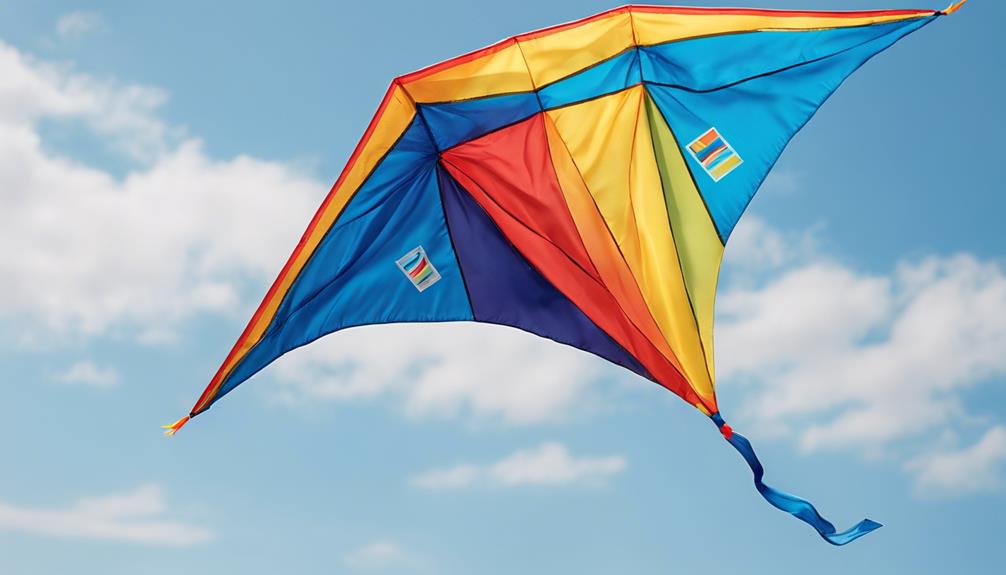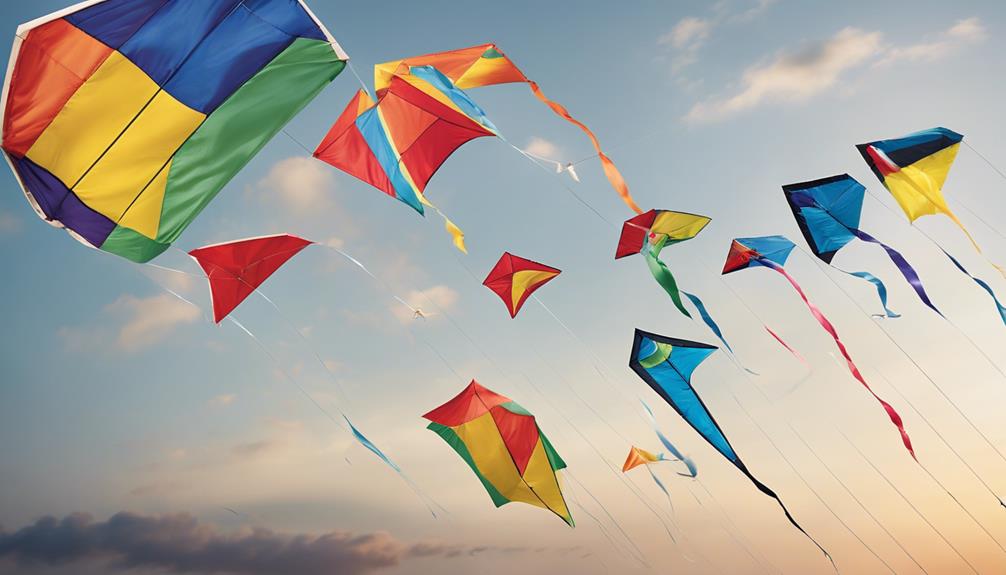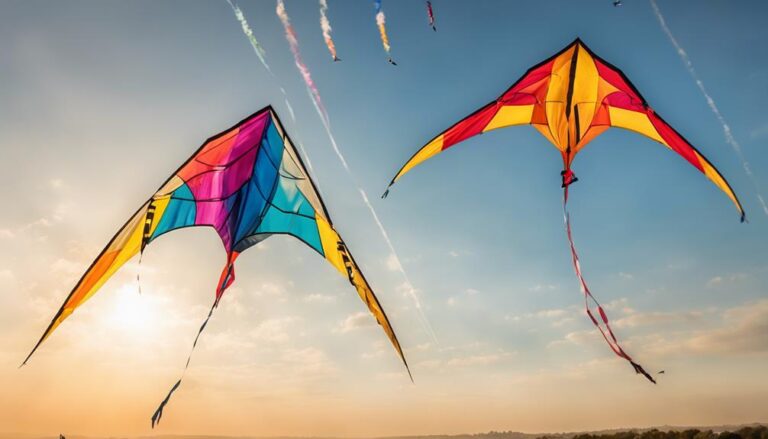Just as Icarus sought to conquer the skies with wings of wax and feathers, you’re on a quest to master the winds with a kite that endures.
In selecting the right fabric, you’re not just choosing a material; you’re deciding on the longevity, performance, and beauty of your creation. Ripstop nylon often stands at the forefront for its durability and ease of handling, but is it the ultimate choice for you?
Explore the nuances of polyester, Dacron, spinnaker cloth, and even traditional fabrics to discover which best suits your aerial ambitions. The answer might just elevate your kite from a fleeting amusement to a lasting companion in your skyward adventures.
Contents
Understanding Ripstop Nylon
In exploring the characteristics of ripstop nylon, it’s clear that this fabric’s unique weave and zero porosity are key to its exceptional durability and performance in kite construction.
The material’s intricately woven pattern, featuring larger threads at specific intervals, effectively halts tears, ensuring longevity.
This air and water-resistant fabric maintains lift and stability in kites, proving indispensable for sustaining functionality across diverse weather conditions.
The Benefits of Polyester

Polyester, a synthetic polymer, stands out in kite construction for its unparalleled UV resistance, offering a significant advantage over other materials.
When blended with Cuben fiber, mylar, dacron DP175, and kevlar, polyester’s cores are significantly reinforced, enhancing durability. This strategic combination ensures kites maintain stability and longevity under various weather conditions.
Kite manufacturers prioritize these blends for superior strength and performance, maximizing the benefits of polyester in kite structures.
Exploring Dacron Material

Diving into the specifics, Dacron emerges as a top-tier choice for kite construction, prized for its exceptional durability, strength, and minimal stretch properties.
As a polyester fabric, it’s renowned for high tensile strength and resistance to harsh weather, making it ideal for kite sails and bridles.
Its low stretch properties ensure stability and control, cementing Dacron’s status for crafting long-lasting, high-performance kites with unparalleled resilience.
The Versatility of Spinnaker Cloth
Spinnaker cloth, with its origin in the demanding world of sailboat racing, offers kite makers a fabric that’s not only lightweight and durable but also adept at handling high wind speeds with minimal risk of ripping.
| Feature | Benefit |
|---|---|
| Lightweight | Enhances maneuverability |
| Durable | Withstands wear and tear |
| UV resistance | Preserves color and strength |
| Low stretch | Ensures stability in flight |
| Rip-resistant | Minimizes damage risk |
Cotton and Traditional Fabrics
Cotton, with its traditional roots and natural composition, offers kite makers a fabric that’s not only breathable and lightweight but also rich in color and pattern variety, making it ideal for custom designs.
Key benefits of using cotton for kites include:
- Enhanced breathability for lightweight performance.
- Wide availability in diverse colors and patterns.
- Classic aesthetic appeal for personalized kite designs.
Conclusion
In conclusion, selecting the right fabric for your kite is paramount to its longevity. Ripstop nylon offers unparalleled lightweight durability, while polyester brings added UV resistance. Dacron, known for its low stretch, ensures structural integrity, and spinnaker cloth’s high tensile strength suits demanding conditions.
Traditional cotton, though less durable, adds a classic touch. Opt for materials with minimal stretch, high tear strength, and suitable porosity to craft a kite that’s not only visually appealing but built to last.






